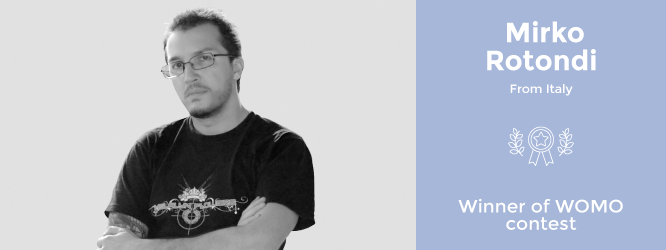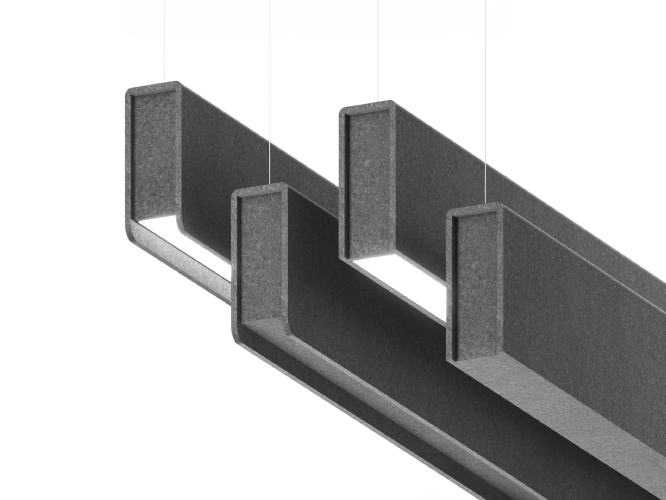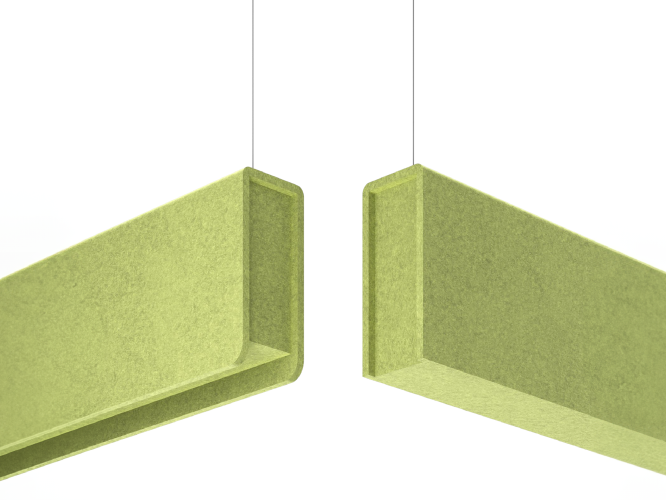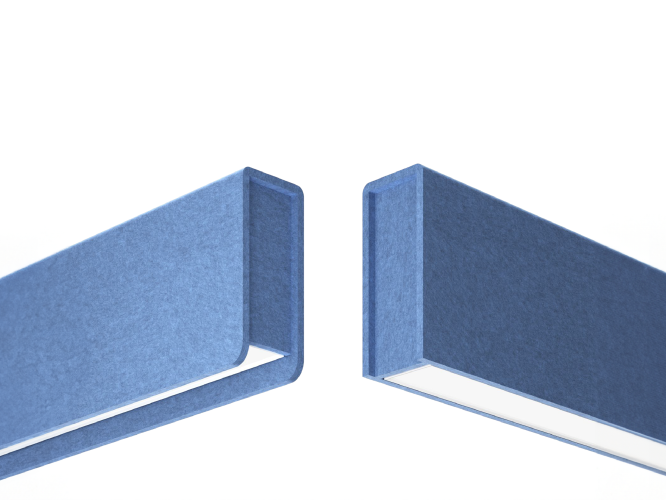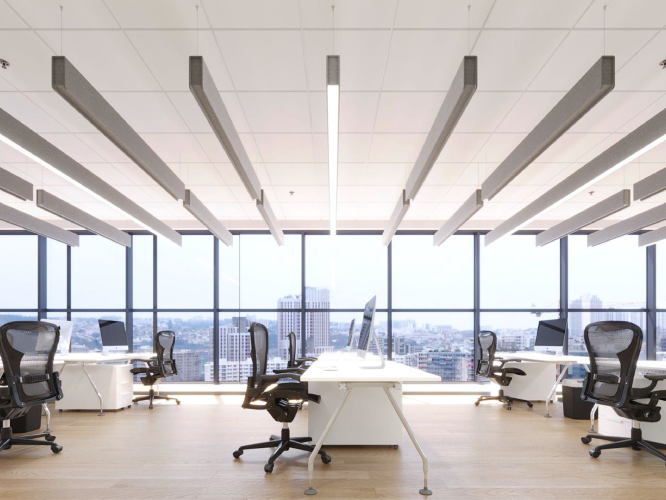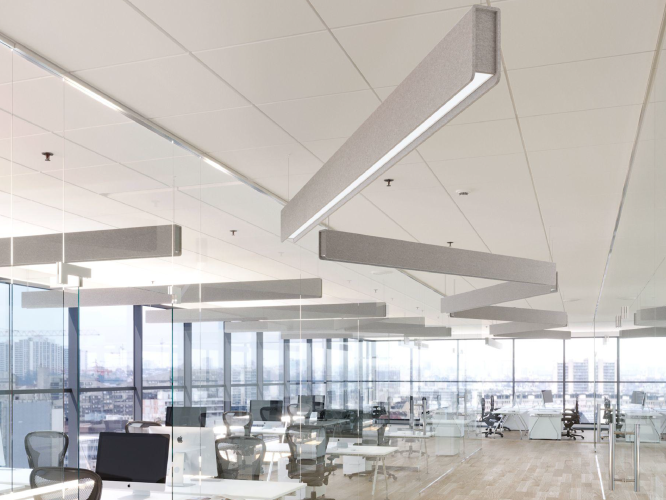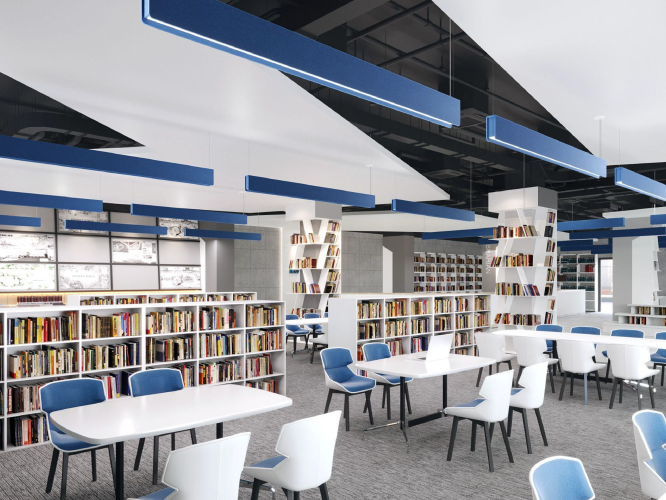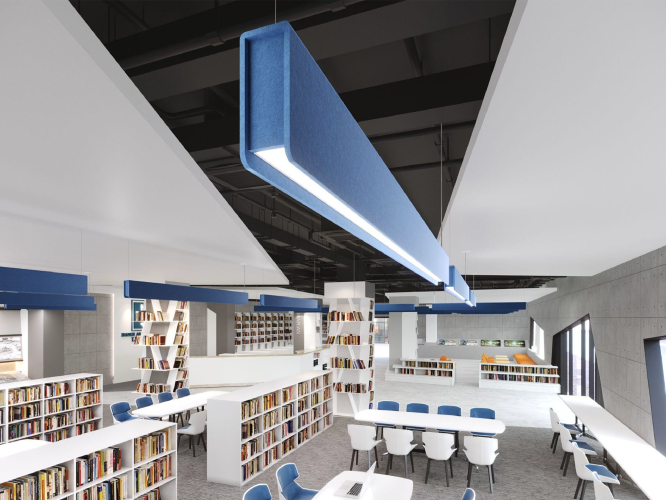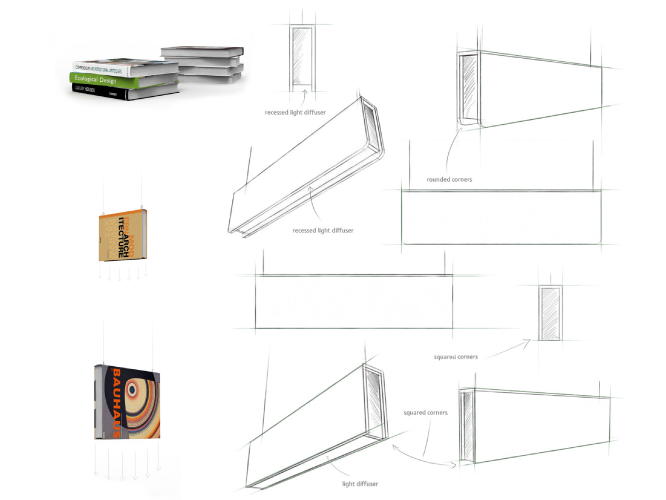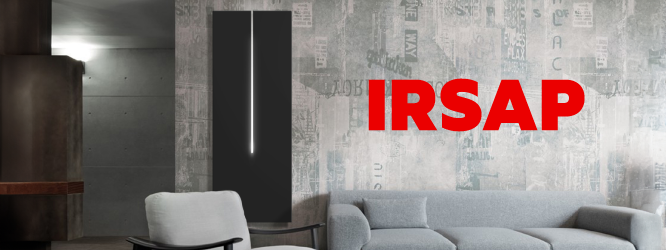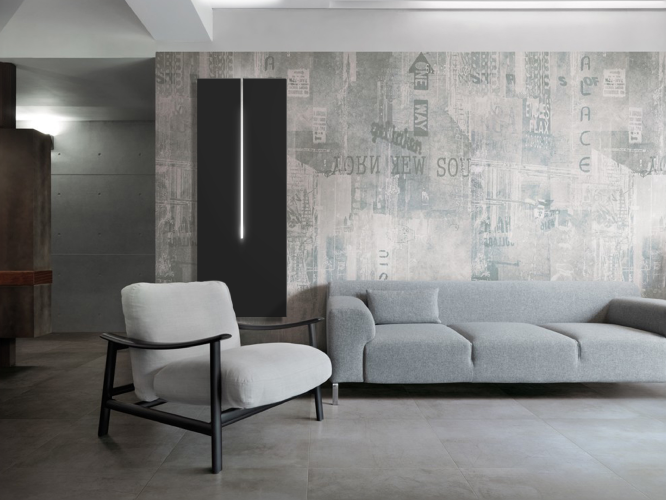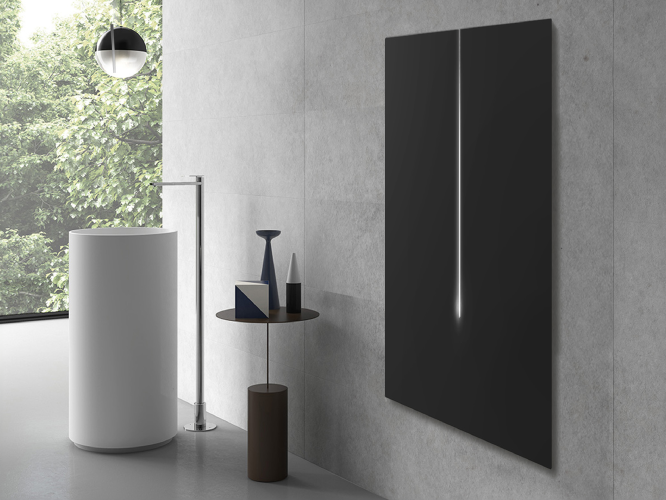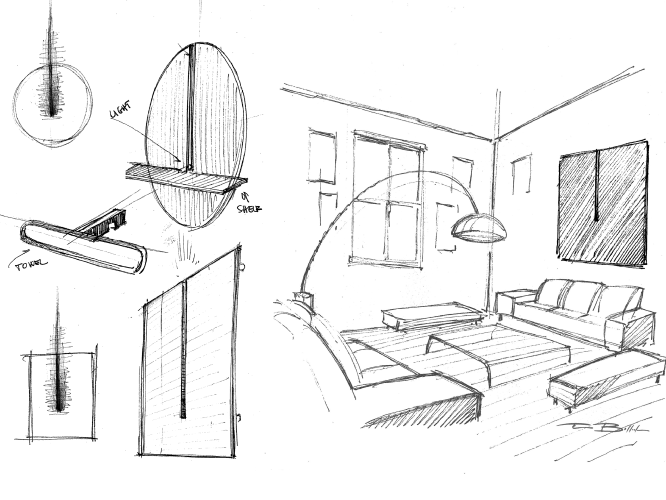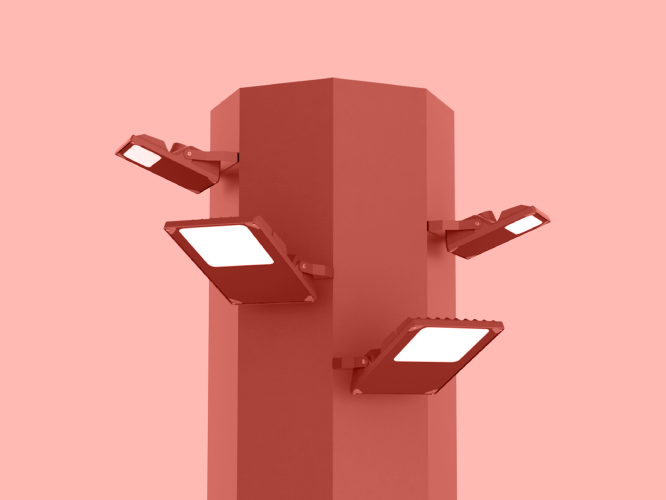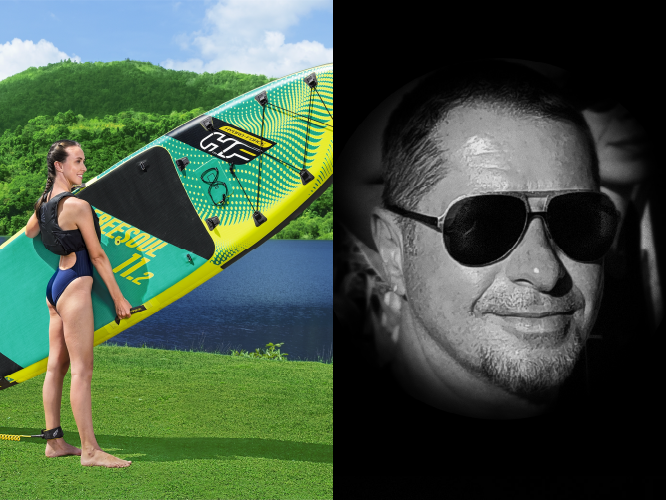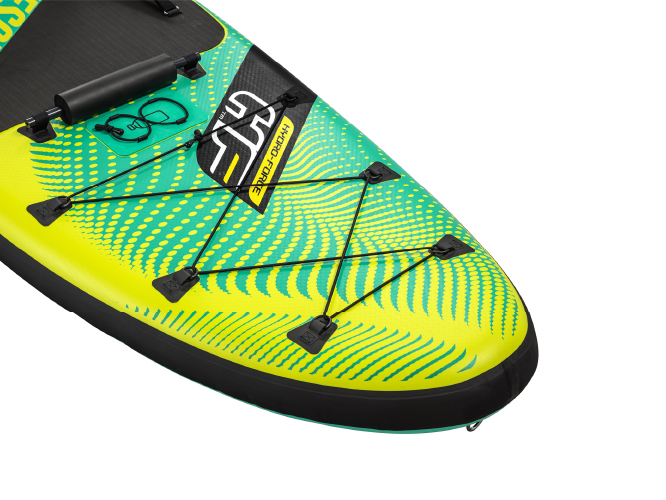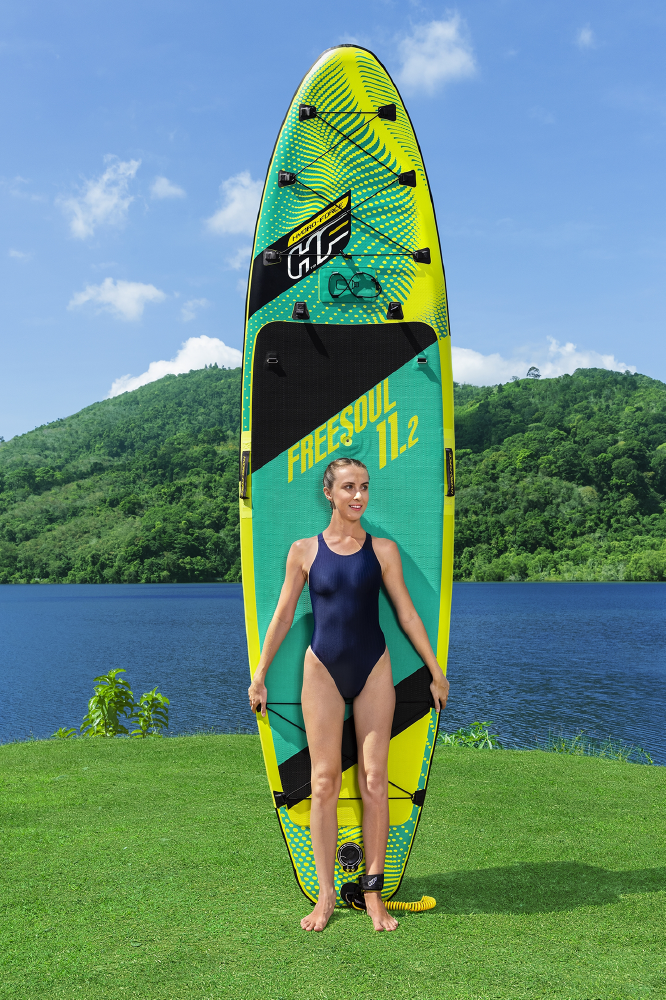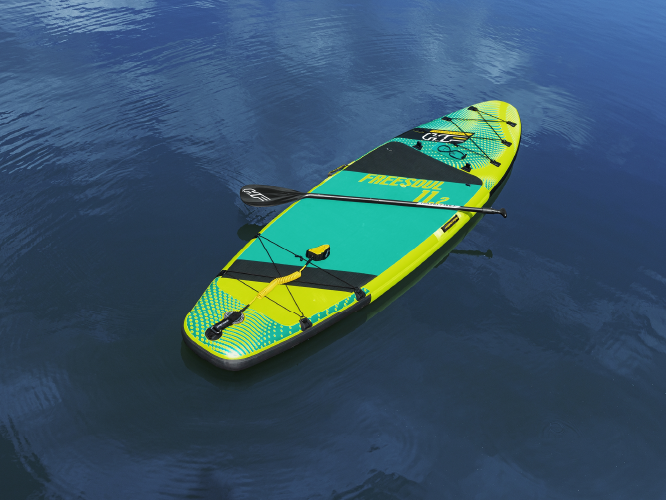 Winner Announced for Novecento Two-in-One Lighting System Competition.
Winner Announced for Novecento Two-in-One Lighting System Competition.
Welcome to the Novecento 2-in-1 Lighting System Contest, a unique collaboration between Desall and Novecento s.r.l. This contest challenged designers to innovate a dual-function LED lamp suitable for large-scale distribution. Novecento, an esteemed Italian lighting company, aspired for a lamp that transitions effortlessly between a flush ceiling light and pendant light. The winning design needed to prioritize user-friendly customization and easy installation, while maintaining a fine balance of aesthetics and cost-effectiveness.
Participants submitted 369 concepts with the brief reaching 116 countries on 5 continents. Join us as we reveal the designer who brought Novecento’s vision to life!
CONTEST WINNER
Nothelfer, Germany
Nothelfer is a Munich-based design and research duo, expertly fusing the domains of design, new technologies, art, and cultural heritage. Click the image below to check out Nothelfer’s profile and links.
Images of the winning design will be revealed once the product has been introduced to the market.
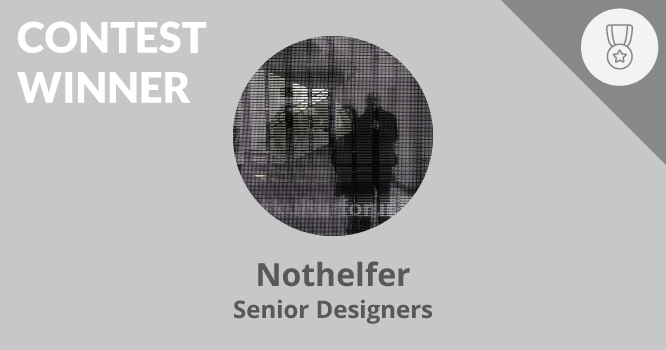 —
—
Congratulations to all participants! Stay tuned for more updates on the projects!
In the meantime, pick your next challenge on https://desall.com/Contests
